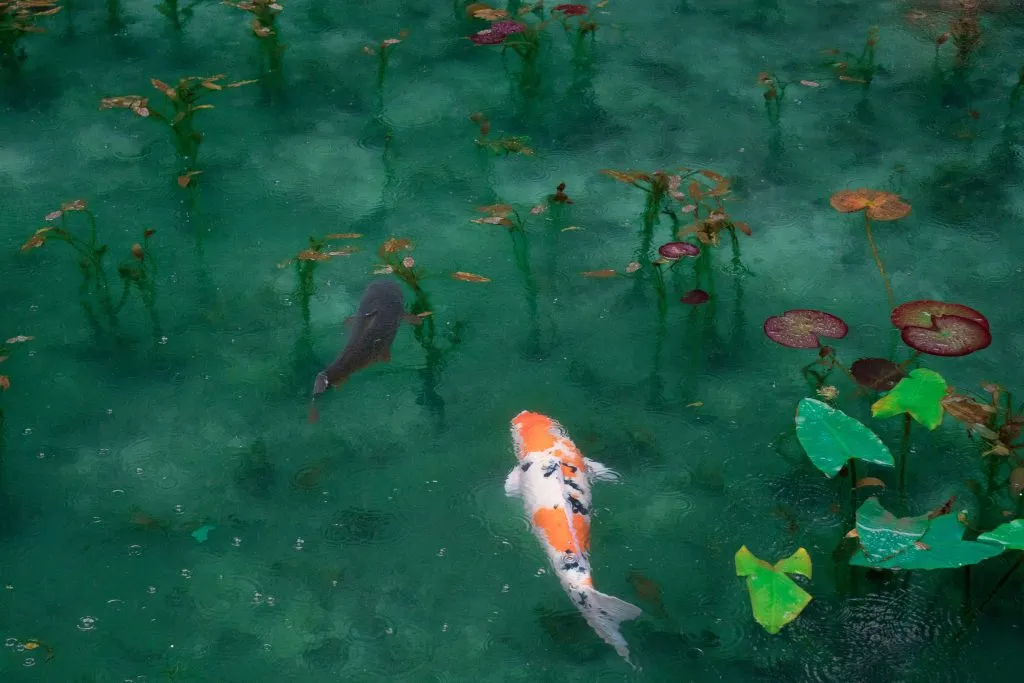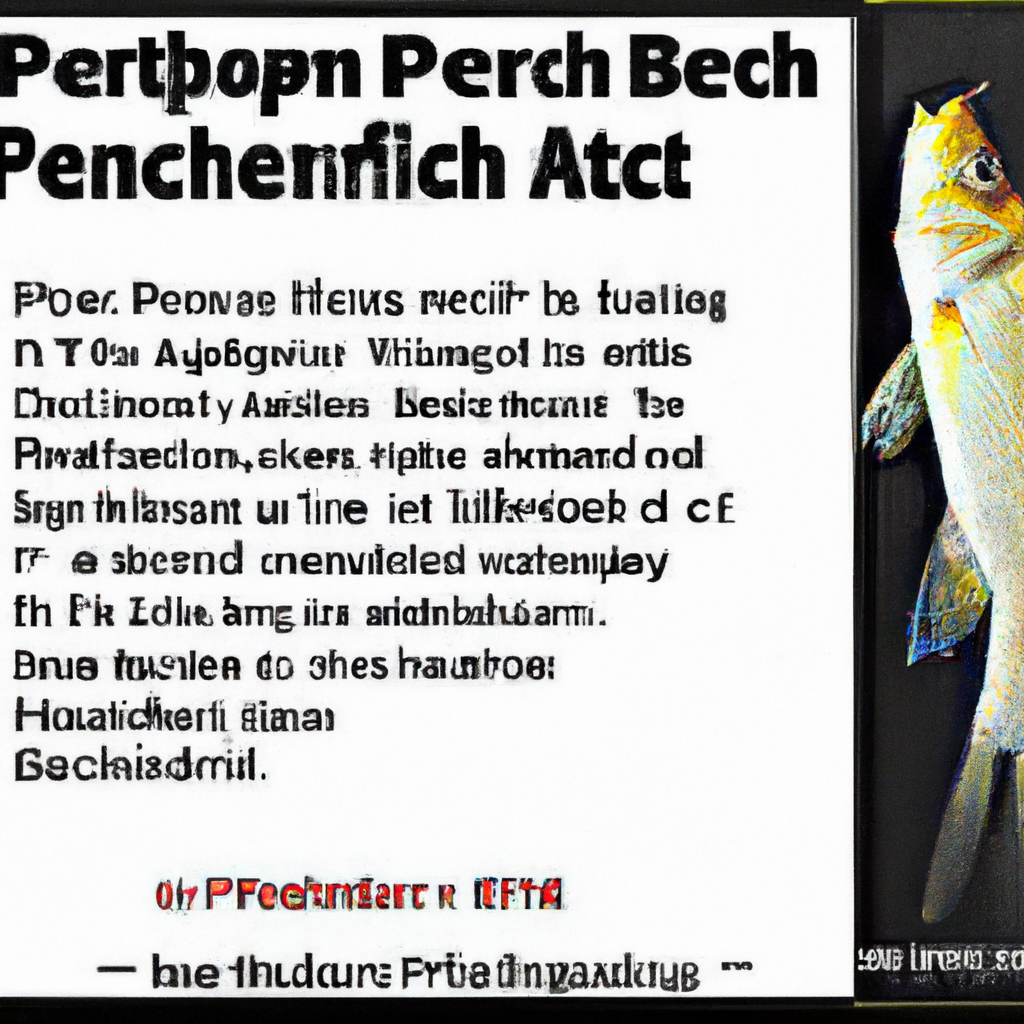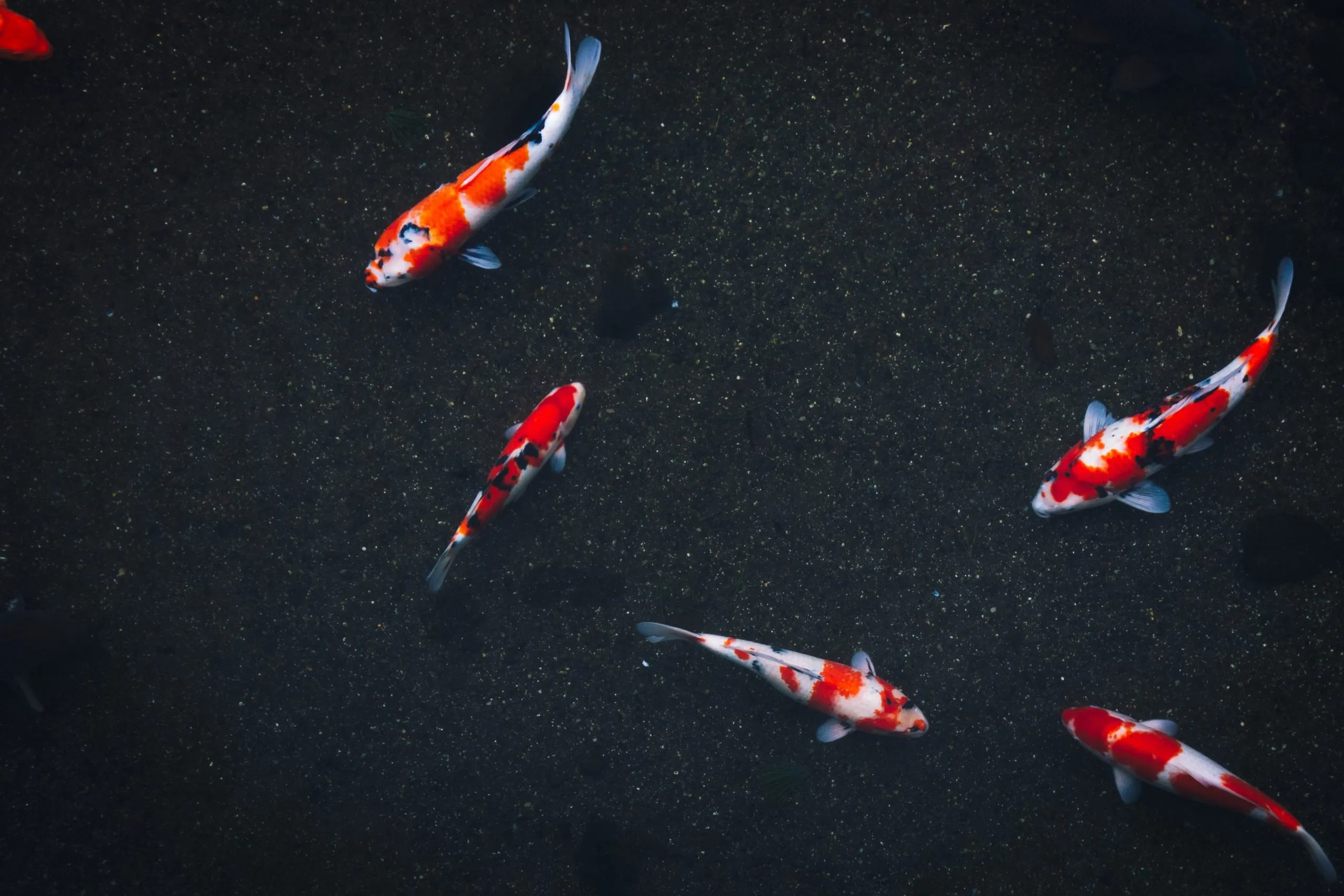Perch, the popular species of freshwater fish, holds a captivating secret within their external anatomy. Exploring the intricacies of their physical features reveals a mesmerizing world that goes beyond the surface. From their sleek body shape to the vibrant colors that adorn their scales, every aspect of a perch’s external structure serves a purpose. Delve into the remarkable world of perch anatomy and discover the wonders that lie beneath their enchanting appearance.

Identifying Characteristics of the Perch
Defining a perch
A perch is a species of freshwater fish that belongs to the family Percidae. It is characterized by its elongated body, spiny dorsal fin, and its ability to adapt to various aquatic environments. Perch are widely distributed across North America, Europe, and Asia, and they are highly valued by many anglers for their sport and food qualities.
Distinguishing features of the perch
One of the most notable distinguishing features of the perch is its spiny dorsal fin, which is located on its upper back. This fin contains sharp spines that act as a defense mechanism against potential predators. Additionally, the perch has a distinctive body shape, with a pronounced hump just behind its head. This hump gives the perch a streamlined appearance, allowing it to move efficiently through the water.
Different species of perch
There are several different species of perch, each with its own unique characteristics. Some of the most well-known species include the yellow perch (Perca flavescens), European perch (Perca fluviatilis), and the walleye (Sander vitreus). These species vary in size, coloration, and habitat preferences, but they all share common traits that make them identifiable as perch.
Body Structures of the Perch
Size and shape
Perch vary in size depending on the species and their environment. On average, they typically range from 4 to 10 inches in length, but some species can grow much larger. Their body shape is slender and cylindrical, tapering towards the tail. This streamline shape allows the perch to swim quickly and with agility, making them efficient predators.
Color variations
Perch exhibit a range of color variations, but they commonly have a greenish or yellowish color on their backs, transitioning to a lighter shade on their sides, and a white or cream-colored belly. The intensity of their color can be influenced by factors such as environment, age, and reproductive stage. Additionally, perch have distinct dark vertical bars across their sides, which aids in camouflage and break up their outline.
Skin texture and scale arrangement
The skin of perch is covered in small, overlapping scales that provide protection against external forces and reduce friction in the water. These scales are often described as rough or sandpaper-like to the touch. The arrangement of scales on the perch’s body is such that they overlap like roof tiles, creating a flexible and resilient outer layer that allows the fish to maneuver easily through the water.
The Head of Perch
Eye structure and function
Perch have relatively large eyes positioned on either side of their head, providing them with excellent vision. Their eyes are adapted to primarily see in daylight conditions and are capable of detecting movement and distinguishing shapes. The placement of their eyes on the sides of their head allows for a wide field of view, essential for spotting prey and predators in their aquatic habitat.
Mouth and jaw structure
The mouth of a perch is located on the underside of its head and is equipped with numerous sharp teeth. These teeth are used for capturing and holding prey, which primarily consists of small fish, insects, and crustaceans. Perch have a protrusible upper jaw, meaning they can extend it outward to capture prey with precision. This unique adaptation allows them to strike quickly and engulf their prey whole.
Gill structure and respiration process
Like all fish, perch have gills on either side of their head, behind their operculum. Water enters the mouth and flows over the gills, allowing the fish to extract oxygen and exhale carbon dioxide. This process, known as respiration, is essential for the perch to breathe underwater. The gills are supported by bony arches and contain numerous thin, filament-like structures that increase the surface area for efficient gas exchange.
Fins and their Function in Movement
Types of fins
Perch possess several different fins on their body that aid in various aspects of movement and stability. These include the dorsal fin, which is located on the fish’s back and provides stability during swimming, the caudal fin (tail fin) for propulsion, and the pectoral and pelvic fins for maneuverability. Each fin has a specific shape and function, allowing the perch to navigate through the water with precision.
Role of fins in steering and speed
The fins of perch play a crucial role in maneuvering through the water and achieving high speeds. By moving their pectoral and pelvic fins, perch can change directions quickly and make precise movements. The caudal fin, with its asymmetrical shape, allows for rapid acceleration and sustained swimming speeds. The dorsal fin acts as a stabilizer, preventing the fish from rolling or flipping while swimming.
Unique characteristics of perch fins
One unique characteristic of perch fins is the presence of spines on the first ray of the dorsal fin. These spines can be raised or lowered by the fish, providing additional protection against predators or serving as a visual warning to potential threats. The caudal fin of perch is also forked, with the upper lobe being larger than the lower lobe. This tail shape enhances the fish’s ability to swim quickly and efficiently.

Musculoskeletal Features of Perch
Bone structure
The skeletal system of perch is primarily composed of bones, which provide support, protection, and mobility. Their bones are lightweight and strong, allowing for efficient movement while minimizing energy expenditure. The backbone, or vertebral column, runs along the fish’s body, providing structural support and protecting the central nervous system.
Muscle structure and arrangement
Perch have a well-developed muscular system that enables them to swim and hunt effectively. The main muscle groups are arranged in segments along the fish’s body, known as myomeres. These myomeres contract in a coordinated, sequential manner to generate thrust and propel the fish forward. The muscles are anchored to the skeletal system, allowing for efficient transfer of force during swimming movements.
Swimming mechanisms
Perch primarily employ a swimming mechanism called undulatory locomotion. This involves waves of muscular contractions that pass along their body, creating a serpentine motion. As the waves move from front to back, they result in propulsion and forward movement. By adjusting the frequency and amplitude of these waves, perch can control their swimming speed and direction.
The Lateral Line System
Understanding the lateral line system
The lateral line system is a sensory structure found in fish, including perch. It consists of a series of fluid-filled canals that run along the sides of the fish’s body. These canals are lined with specialized cells known as neuromasts, which detect changes in water movement and pressure.
Function and sensitivity of the lateral line
The lateral line system allows perch to sense their environment by detecting vibrations and water currents. This sensory information helps them navigate, locate prey, and avoid potential threats. The lateral line is highly sensitive and can detect even subtle disturbances in the water, making it a valuable tool for survival in their aquatic habitat.
Impact of lateral line on behavior and survival
The lateral line system plays a significant role in the behavior and survival of perch. By sensing changes in water movement caused by approaching predators, the lateral line helps the fish react quickly and take evasive action. It also assists in school formation, as perch can detect the movements of nearby individuals and coordinate their behavior accordingly. Overall, the lateral line system enhances the fish’s ability to adapt and thrive in its environment.

Perch Ventral Regions
Ventral shape and structure
The ventral region of perch refers to the underside of their body. It is generally flattened or slightly rounded, providing stability and balance in the water. The ventral surface is covered in scales, just like the rest of the fish’s body, offering protection and reducing drag during swimming.
Role of the ventral region
The ventral region of perch serves multiple functions. It aids in buoyancy control by allowing the fish to regulate its position in the water column. Additionally, it provides attachment points for the fish’s paired pelvic fins, which are instrumental in maneuvering and stabilizing movements during swimming.
Sexual differences in the ventral region
In some species of perch, such as the European perch, males and females may exhibit subtle differences in the ventral region. Females often have a more rounded ventral surface, while males display a slightly concave shape. These differences are related to reproductive behavior, as they facilitate efficient mating and egg deposition.
Adaptations of the Perch
Camouflage and color adaptation
Perch have evolved various adaptations to blend in with their surroundings and increase their chances of survival. Their coloration, with its greenish or yellowish hue, provides effective camouflage in aquatic vegetation. The vertical bars on their sides help break up their silhouette, making it difficult for predators to spot them. These adaptations allow perch to ambush prey and avoid becoming prey themselves.
Size and body shape adaptations
The size and body shape of perch are highly adaptive to their environment. In waters with limited resources, perch tend to be smaller, allowing them to thrive in habitats with confined food sources. In contrast, in environments with abundant resources, perch can grow larger, taking advantage of the available food supply. This adaptability in size enables perch to exploit a wide range of ecological niches.
Feeding and hunting adaptations
Perch are voracious predators, and their anatomy reflects their carnivorous lifestyle. Their sharp teeth and protrusible jaws allow them to strike swiftly and efficiently capture prey. Additionally, perch have excellent vision and can detect even tiny movements, enabling them to locate and ambush unsuspecting prey. Their streamlined body shape, along with their powerful muscles and intricate swimming mechanisms, facilitate quick and accurate hunting maneuvers.

Comparison to other Fish
Similarities and differences with closely related species
Perch share characteristics with other members of the Percidae family, such as their spiny dorsal fins and predatory nature. However, each species within the family may exhibit distinct features that differentiate them. For example, the walleye has large, reflective eyes adapted for low-light conditions, while the yellow perch displays vibrant yellow coloring on its sides. These variations within the family highlight the diversity and adaptability of perch as a whole.
Unique features of perch anatomy compared to other fish
When compared to fish from different families, perch possess several unique features. Their spiny dorsal fin is a distinguishing characteristic not found in all fish species. Additionally, their protrusible upper jaw allows for maximum precision and speed during prey capture, which is not commonly seen in all fish families. Perch also have a specialized lateral line system, enhancing their ability to sense their environment and navigate effectively.
Impact of Environment on Perch Anatomy
Effects of water salinity
Perch are primarily found in freshwater environments, although some species can tolerate brackish water. Changes in water salinity can have a significant impact on the physiology and anatomy of perch. They have evolved specific adaptations to maintain osmotic balance in their cells, allowing them to survive in varying salinity levels. However, excessive salinity can disrupt this balance, leading to stress and potential health issues.
Impact of temperature
Temperature plays a crucial role in the development and growth of perch. They are ectothermic organisms, meaning their body temperature is influenced by their environment. Optimal temperature ranges can vary for different species, affecting their growth, metabolism, and reproductive patterns. Extreme temperatures, either too cold or too warm, can have detrimental effects on perch, disrupting their physiological processes and overall well-being.
Effects of predation pressure on evolution and adaptation
Predation pressure is a significant force driving the evolution and adaptation of perch anatomy. Predators exert selective pressure on perch populations, favoring individuals with traits that enhance their survival. Over time, this pressure can lead to the development of new adaptations, such as camouflage coloration or changes in body shape, that increase the perch’s chances of evading predation. The arms race between predators and prey continues to shape the anatomy and behavior of perch populations.
In conclusion, the perch is a fascinating fish with a range of identifying characteristics and unique anatomical features. From its distinguishing dorsal fin to its adaptable body shape and sensory systems, the perch has evolved various adaptations that allow it to thrive in diverse aquatic environments. Understanding the anatomy of the perch provides valuable insights into its behavior, survival strategies, and interactions with its surroundings. Whether you’re an angler or simply interested in the wonders of nature, the external anatomy of perch is sure to captivate your curiosity.


